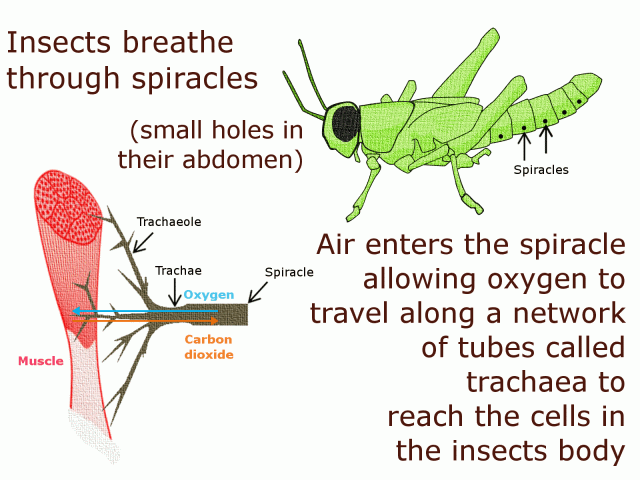Yes, embryos inside eggs need to breathe! This is going to be a big two-parter and we will explore how egg-laying amniotes (reptiles, birds and monotremes) eggs breathe in part two. First, let’s discover how amphibian (frogs and salamanders) and fish eggs that are normally laid in water exchange their respiratory gases.

Amphibian and fish eggs are mostly made up of jelly. In the centre of the egg, the vitelline membrane envelopes the fluid which surrounds the embryo. Most amphibians and fish lay their eggs in the water so they aren’t at risk of drying out. Unlike amniote eggs (see next blog) which have a shell to provide some resistance to drying, the jelly layers easily dry out. The oxygen in the water diffuses (moves down its concentration gradient) through the jelly layer, across the membrane, through the perivitelline fluid and into the embryo (through the skin and/or external gills). Carbon dioxide moves in the opposite direction also by diffusion. No energy is needed because diffusion is a passive process. Cilia (tiny hairs) on the surface of amphibian embryos move around to create water currents inside the pervitelline fluid and help speed up diffusion.
Many amphibian and fish species lay their eggs in jelly or foam masses. This can make it difficult for enough oxygen to move by diffusion through the egg mass. Some species make sure that there are water channels between the eggs for water (containing oxygen) movement. Symbiotic (mutual relationship) algae that produce oxygen when they photosynthesise live within the eggs of others like the spotted salamander.

Spotted salamander eggs with symbiotic algae
Photo by Richard Bonnett (some rights reserved)
Many frogs, such as the Victorian smooth froglet (Geocrinia Victoriana) their eggs on land and the tadpoles hatch when ponds are formed by the autumn (fall) rains. Gases are exchanged in exactly the same way as in water (see diagram); however, the eggs are at great risk of drying out (desiccating).
Stay tuned to discover how the shelled amniotic eggs (reptiles, birds and monotremes) breathe in the next blog!








